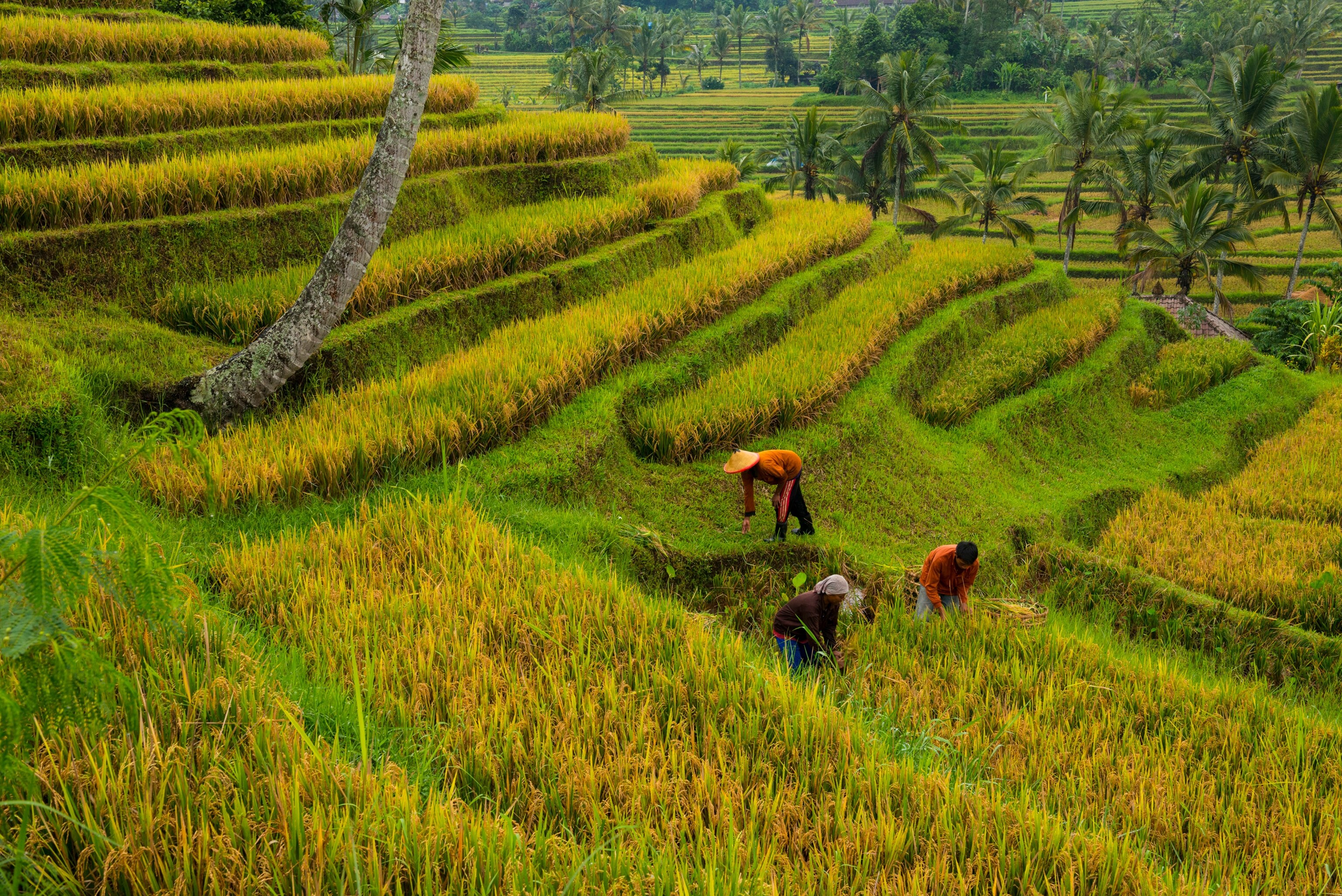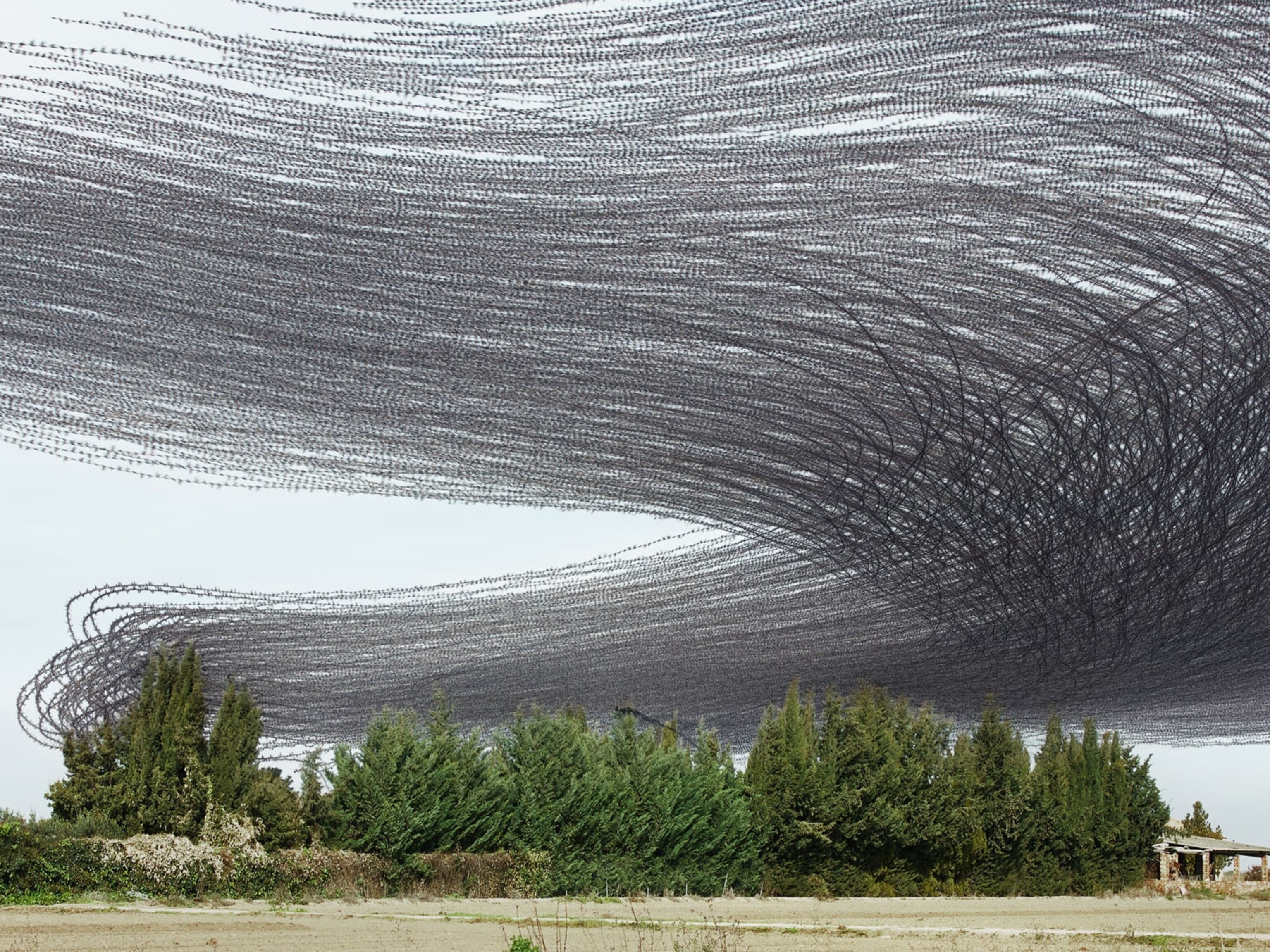
What Would a World Without GMOs Look Like?
Without genetically-modified foods, we might have to give up oranges and resign ourselves to living with avian flu and more malnutrition.
It was hailed as a radical move when more than 100 Nobel laureates sent a letter to Greenpeace Wednesday, urging the environmental group to stop blocking genetically modified foods like golden rice from reaching those who need it.
But really, the letter (and the press conference scheduled for Thursday) are just amplifying what most scientists have been saying all along: GMOs are safe, important to farmers, and can help solve some of the world’s most vexing nutrition problems, like preventable blindness, as well as climate challenges like drought.
Does this mean that GMOs are perfect? No. There are indications that some GMO crops are creating expensive problems with herbicide-resistant weeds, according to a recent National Academy of Sciences study (see Scientists Say GMO Foods Are Safe, Public Skepticism Remains), and the public perception that GMOs are uniformly bad is a major hurdle to selling them. And then there’s the whole labeling debate.
Greenpeace calls GMOs "genetic pollution." But if GMOs are to be completely out of the picture, it might mean there are no vegetables enriched with cancer-fighting chemicals, drought-resistant corn, allergen-free peanuts, and bananas that deliver vaccines.
Here are some other potential breakthroughs that could be lost:
Saving the Florida Orange
Oranges in Florida are under attack from a citrus-greening virus that threatens a $9 billion industry. Despite generations of breeding, no citrus plant resists greening, and once infected, a tree dies. A plant pathologist at Texas A&M is developing virus-resistant oranges (see Can Genetic Engineering Save the Florida Orange?).
Flu-Free Chicken
Avian flu devastated chicken and turkey flocks across the U.S. last year, affecting about 48 million birds, the U.S. Department of Agriculture estimates. But a team of U.K. researchers has developed a genetically modified chicken—the Isa Brown—that doesn’t pass the virus onto other birds. And that means food for more people. (See Want a Bird Flu-Free World? Consider Breeding Resistant Birds.)
More Seafood
There are not enough fish in the ocean to feed the 9 billion people expected on the planet by 2050, so scientists have been looking for years at ways to farm fish using fewer resources. After a lengthy review, the Food and Drug Administration last year approved salmon genetically modified to grow to full size faster than regular salmon.
Along those lines, a Boston-area startup is developing ways to feed farmed shrimp with lab-grown bacteria, rather than harvesting wild fish to feed them (see Finding Ways to Feed the Fish That Feed Us).
Fighting Blindness and Malnutrition
And then there’s the enhanced golden rice (see The Next Green Revolution) which, along with sweet potatoes, have the potential to prevent Vitamin A deficiency that affects up to 50 percent of the population in some countries and leads to blindness. Golden rice has won humanitarian awards, yet public outcry has largely blocked its use.
Meanwhile, the debate over whether GMOs are good or bad has been stuck in neutral for years. Pamela Ronald, a UC Davis scientist who has been working to develop a disease-resistant, drought-tolerant rice, laid out what’s at stake in a National Geographic article last year:
“All this arguing about what’s genetically modified is a big distraction from the really important goals. We need to produce safe and nutritious food that consumers can afford and farmers can make a profit from. And we need agricultural practices that enhance soil fertility and crop biodiversity, use land and water efficiently, reduce use of toxic compounds, reduce erosion, and sequester carbon.”
Related Topics
You May Also Like
Go Further
Animals
- California brown pelicans are starving to death—despite plenty to eatCalifornia brown pelicans are starving to death—despite plenty to eat
- The world's largest fish are vanishing without a traceThe world's largest fish are vanishing without a trace
- We finally know how cockroaches conquered the worldWe finally know how cockroaches conquered the world
- Why America's 4,000 native bees need their day in the sunWhy America's 4,000 native bees need their day in the sun
- Crowdsourcing an anti-poaching movement in South Africa
- Paid Content
Crowdsourcing an anti-poaching movement in South Africa
Environment
- 2024 hurricane season forecasted to be record-breaking year2024 hurricane season forecasted to be record-breaking year
- Connecting a new generation with South Africa’s iconic species
- Paid Content
Connecting a new generation with South Africa’s iconic species - These images will help you see coral reefs in a whole new wayThese images will help you see coral reefs in a whole new way
- What rising temps in the Gulf of Maine mean for wildlifeWhat rising temps in the Gulf of Maine mean for wildlife
- He’s called ‘omacha,’ a dolphin that transforms into a man. Why?He’s called ‘omacha,’ a dolphin that transforms into a man. Why?
History & Culture
- I wrote this article with a 18th century quill. I recommend it.I wrote this article with a 18th century quill. I recommend it.
- Why this Bronze Age village became known as ‘Britain’s Pompeii’Why this Bronze Age village became known as ‘Britain’s Pompeii’
- These modern soldiers put Bronze Age armor to the testThese modern soldiers put Bronze Age armor to the test
- Should couples normalize sleeping in separate beds?Should couples normalize sleeping in separate beds?
- They were rock stars of paleontology—and their feud was legendaryThey were rock stars of paleontology—and their feud was legendary
Science
- Epidurals may do more than relieve pain—they could save livesEpidurals may do more than relieve pain—they could save lives
- Why the world's oldest sport is still one of the best exercisesWhy the world's oldest sport is still one of the best exercises
- What if aliens exist—but they're just hiding from us?What if aliens exist—but they're just hiding from us?
Travel
- How to plan the ultimate island-hopping adventure in ScotlandHow to plan the ultimate island-hopping adventure in Scotland
- Why this Scottish island is best explored by waterWhy this Scottish island is best explored by water
- Return to the wild: Connecting with Canada's heritage
- Paid Content
Return to the wild: Connecting with Canada's heritage - A practical guide to cycling Slovenia Green RoutesA practical guide to cycling Slovenia Green Routes
- This road trip journeys through Albania's wild, blue heartThis road trip journeys through Albania's wild, blue heart
- This less crowded ancient temple in Laos rivals Angkor WatThis less crowded ancient temple in Laos rivals Angkor Wat




